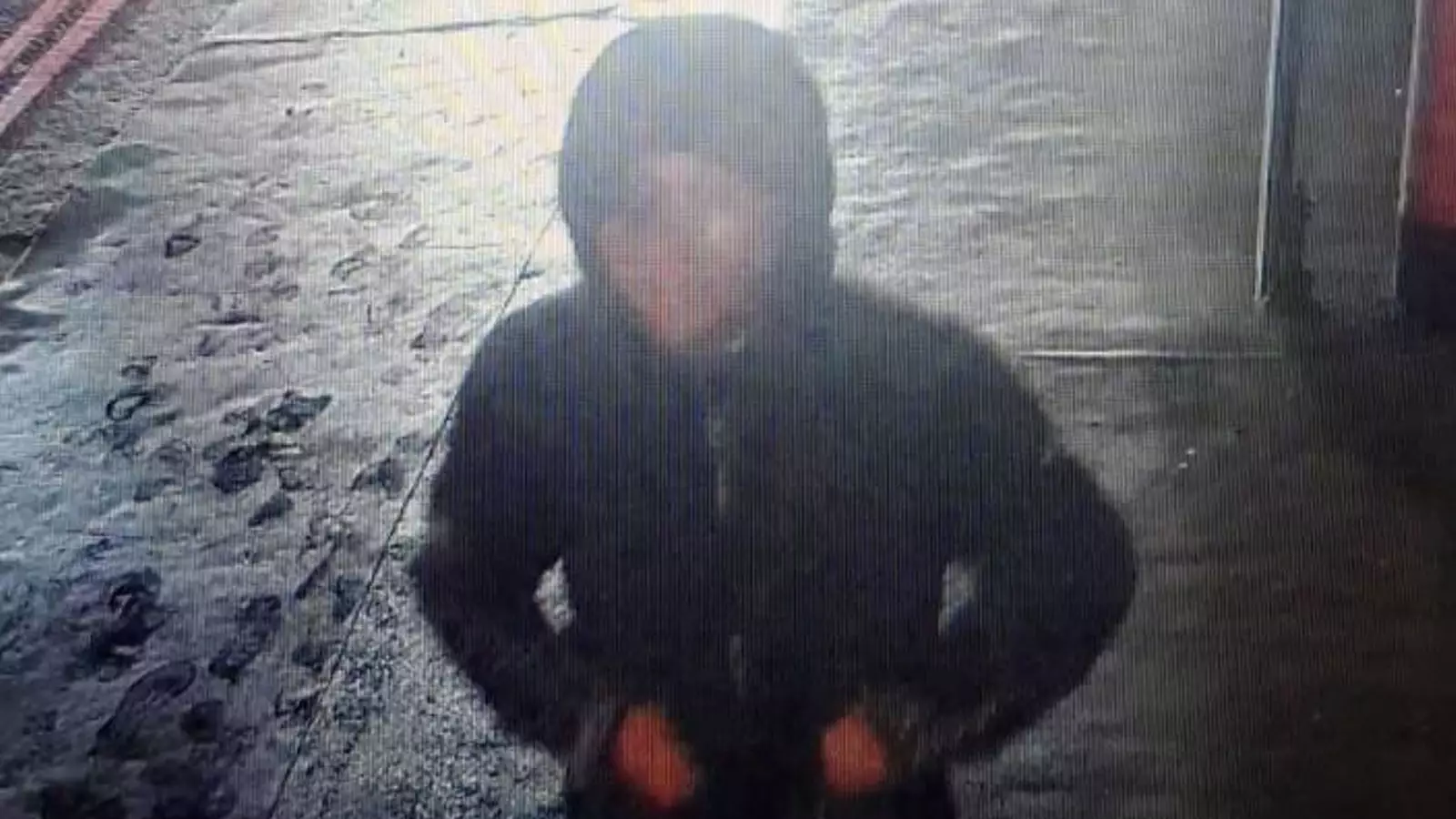In a recent update, the police have revealed that they believe the suspect in the Clapham chemical attack, Abdul Shokoor Ezedi, is receiving assistance from others. As part of their ongoing efforts to bring him to justice, law enforcement agencies are now targeting Ezedi’s associates. A 22-year-old man has already been arrested for assisting an offender, emphasizing the investigators’ determination to dismantle the support network surrounding the suspect.
Commander Jon Savell has highlighted the tireless work conducted by the police, stating that teams have been working relentlessly day and night to track Ezedi’s movements. To aid in their investigation, the authorities have released images and footage showing the suspect’s last known sighting at 10.04pm last Wednesday near the Unilever building, as he headed towards Victoria Embankment in London.
In their pursuit of Ezedi, the police have offered a £20,000 reward for any information leading to the suspect’s arrest. This gesture highlights the seriousness of the incident and the urgency to bring the perpetrator to justice promptly. Furthermore, law enforcement has emphasized the severity of the attack, describing the chemical substance used by Ezedi as “very strong,” “concentrated,” and “corrosive.” The victim, a woman known to the suspect, remains in critical but stable condition. Tragically, she may lose sight in her right eye, while her daughters, aged eight and three, have sustained non-life-threatening injuries.
The manhunt for Ezedi is being led by the Metropolitan Police’s Specialist Crime Command. Over 100 officers and additional personnel from various police forces across the United Kingdom, including Northumbria and British Transport Police, are involved in the search. Their coordinated efforts demonstrate the gravity of the situation and their commitment to ensuring public safety.
Counter-terrorism officers have undertaken meticulous work in examining extensive hours of CCTV footage, tracing Ezedi’s movements. They successfully traced him from his last-known position at 9.47pm on Allhallows Lane in the City of London, through Upper Thames Street and Pauls Walk, passing landmarks such as the City of London School, and eventually reaching Blackfriars Bridge. The most recent sighting of the suspect occurred at 10.04pm—almost a week ago.
Born in Afghanistan, Ezedi reportedly entered the UK in 2016, concealed in the back of a lorry. In 2018, he faced charges of sexual assault and exposure, but rather than receiving a custodial sentence, he was placed on the sex offender register for 10 years and ordered to perform 200 hours of unpaid work. This information has raised questions regarding the circumstances under which Ezedi was granted asylum, particularly as it has been suggested that a tribunal judge ruled in his favor based on his reported conversion to Christianity, confirmed by a priest.
Amid discussions surrounding Ezedi’s asylum status, a bishop has voiced her support for religious leaders advocating for the rights of asylum seekers. The bishop’s firm stance emphasizes the importance of compassion and understanding, while also acknowledging the complexities surrounding such cases.
The investigation into the Clapham chemical attack continues to evolve, with a growing focus on identifying and apprehending those assisting the suspect. The release of new evidence, collaborative efforts by law enforcement agencies, and the severity of the attack underscore the urgency in bringing Ezedi to justice. As the manhunt persists, critical questions are being raised regarding the process through which Ezedi gained asylum and the circumstances surrounding his past criminal charges.


Leave a Reply